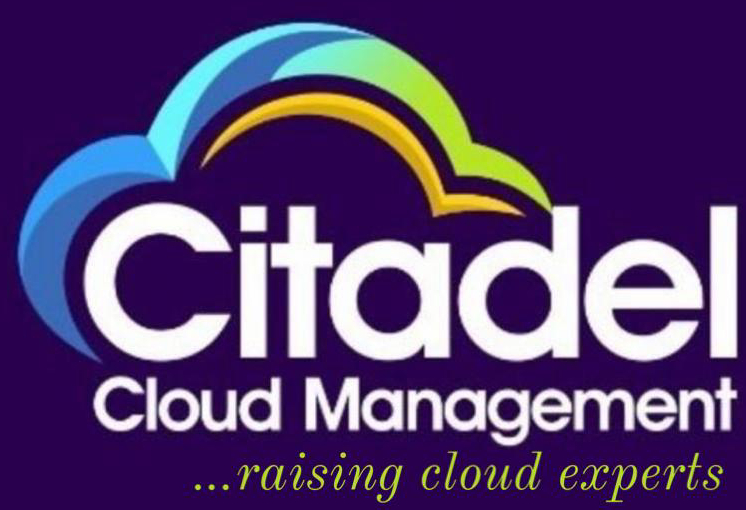In today’s digital landscape, cloud computing has transformed the way organizations operate. With the growing reliance on cloud services, compliance with regulatory frameworks has become paramount. Ensuring cloud audit compliance not only helps businesses mitigate risks but also enhances trust among stakeholders. This blog post explores the importance of cloud audit compliance, the frameworks involved, and best practices to ensure regulatory adherence.
Understanding Cloud Audit Compliance
Cloud audit compliance refers to the process of ensuring that cloud service providers (CSPs) and their clients adhere to regulatory standards and best practices. As organizations increasingly migrate to cloud environments, the need for comprehensive audits becomes crucial. Compliance audits help organizations evaluate their security posture, identify vulnerabilities, and ensure they meet legal and regulatory obligations.
Importance of Cloud Audit Compliance
- Mitigating Risks: Non-compliance can lead to significant legal and financial repercussions. Regular audits help identify compliance gaps, enabling organizations to take corrective actions before issues escalate.
- Building Trust: Customers and partners are more likely to engage with organizations that prioritize compliance. Demonstrating adherence to regulations builds trust and confidence in the organization’s ability to protect sensitive data.
- Enhancing Security Posture: Regular audits provide insights into security vulnerabilities and potential threats, allowing organizations to implement necessary security measures and enhance their overall security posture.
- Avoiding Penalties: Regulatory bodies impose penalties for non-compliance. By maintaining audit compliance, organizations can avoid hefty fines and reputational damage.
Key Regulatory Frameworks for Cloud Audit Compliance
1. General Data Protection Regulation (GDPR)
The GDPR is a comprehensive data protection regulation in the European Union that mandates strict data privacy measures. Organizations operating in the EU or handling data of EU citizens must ensure compliance with GDPR principles, including data minimization, purpose limitation, and user consent.
2. Health Insurance Portability and Accountability Act (HIPAA)
HIPAA sets standards for protecting sensitive patient information in the healthcare sector. Organizations must ensure that cloud service providers handling patient data are HIPAA-compliant and implement necessary safeguards to protect electronic protected health information (ePHI).
3. Payment Card Industry Data Security Standard (PCI DSS)
PCI DSS is a set of security standards designed to protect card information during and after a financial transaction. Organizations that handle credit card transactions must comply with PCI DSS requirements, ensuring that cloud providers meet the necessary security standards.
4. Federal Risk and Authorization Management Program (FedRAMP)
FedRAMP provides a standardized approach to security assessment, authorization, and continuous monitoring for cloud products and services used by U.S. federal agencies. Organizations seeking to work with federal clients must comply with FedRAMP standards.
5. Sarbanes-Oxley Act (SOX)
SOX is a U.S. law aimed at protecting investors by improving the accuracy and reliability of corporate disclosures. Organizations must implement proper controls and audits to ensure compliance with SOX requirements, particularly regarding financial data stored in the cloud.
Best Practices for Ensuring Cloud Audit Compliance
1. Conduct Regular Audits
Organizations should perform regular audits of their cloud environments to ensure compliance with regulatory requirements. This involves evaluating the security measures implemented by cloud service providers and ensuring they align with industry standards.
2. Implement Robust Security Controls
Organizations must establish robust security controls to protect sensitive data stored in the cloud. This includes encryption, access controls, and continuous monitoring to detect and respond to potential threats.
3. Collaborate with Compliance Teams
Establishing a collaborative approach between IT and compliance teams is crucial for maintaining cloud audit compliance. Regular communication ensures that both teams are aware of regulatory changes and can work together to implement necessary measures.
4. Stay Updated on Regulatory Changes
Regulatory frameworks are constantly evolving. Organizations must stay informed about changes in regulations that may impact their cloud environments. Regular training and updates for compliance teams can help ensure adherence to the latest standards.
5. Utilize Compliance Management Tools
Leveraging compliance management tools can streamline the audit process and help organizations maintain compliance more effectively. These tools can automate compliance checks, track regulatory changes, and provide real-time insights into compliance status.
The Role of Cloud Service Providers in Audit Compliance
Cloud service providers play a significant role in ensuring audit compliance. When selecting a CSP, organizations should consider the provider’s compliance certifications, security measures, and commitment to data protection. Here are key factors to consider:
1. Compliance Certifications
Verify that the CSP has relevant compliance certifications, such as ISO 27001, SOC 2, or PCI DSS. These certifications indicate that the provider has undergone thorough assessments and meets industry standards for data security.
2. Transparency in Operations
Choose a CSP that maintains transparency in its operations. Providers should offer clear documentation regarding their security policies, data handling practices, and incident response protocols.
3. Data Location and Sovereignty
Understand where the CSP stores data and ensure it complies with relevant regulations. Data sovereignty laws may require organizations to store data within specific geographic boundaries.
4. Incident Response and Reporting
Ensure the CSP has a robust incident response plan in place. Providers should be able to promptly report any security incidents and collaborate with organizations to address issues.
Challenges in Cloud Audit Compliance
Despite the benefits of cloud audit compliance, organizations face several challenges in achieving and maintaining compliance. Some common challenges include:
1. Complex Regulatory Landscape
The ever-evolving regulatory landscape can make compliance a complex task. Organizations must stay informed about changes in regulations and adapt their compliance strategies accordingly.
2. Shared Responsibility Model
In cloud environments, security is a shared responsibility between the organization and the CSP. Organizations must clearly understand their responsibilities and ensure they implement necessary security measures.
3. Lack of Visibility
Limited visibility into cloud environments can hinder compliance efforts. Organizations should implement monitoring tools to gain insights into their cloud infrastructure and track compliance status effectively.
FAQs about Cloud Audit Compliance
Q1: What is cloud audit compliance?
A1: Cloud audit compliance refers to the process of ensuring that organizations and their cloud service providers adhere to regulatory standards and best practices to protect sensitive data and maintain security.
Q2: Why is cloud audit compliance important?
A2: Cloud audit compliance is important for mitigating risks, building trust with customers, enhancing security posture, and avoiding legal penalties associated with non-compliance.
Q3: What are some key regulatory frameworks for cloud audit compliance?
A3: Key regulatory frameworks include GDPR, HIPAA, PCI DSS, FedRAMP, and SOX, each with specific requirements for data protection and compliance.
Q4: How can organizations ensure cloud audit compliance?
A4: Organizations can ensure cloud audit compliance by conducting regular audits, implementing robust security controls, collaborating with compliance teams, staying updated on regulatory changes, and utilizing compliance management tools.
Q5: What role do cloud service providers play in audit compliance?
A5: Cloud service providers play a significant role in audit compliance by offering compliance certifications, maintaining transparency, ensuring data sovereignty, and having incident response plans in place.
Q6: What are the challenges organizations face in cloud audit compliance?
A6: Common challenges include navigating a complex regulatory landscape, understanding the shared responsibility model, and maintaining visibility into cloud environments.
Conclusion
Cloud audit compliance is an essential aspect of modern business operations. As organizations increasingly rely on cloud services, ensuring adherence to regulatory standards is crucial for mitigating risks and maintaining trust. By implementing best practices, staying informed about regulatory changes, and collaborating with cloud service providers, organizations can effectively navigate the challenges of cloud audit compliance. In doing so, they not only protect sensitive data but also position themselves for long-term success in an ever-evolving digital landscape.

